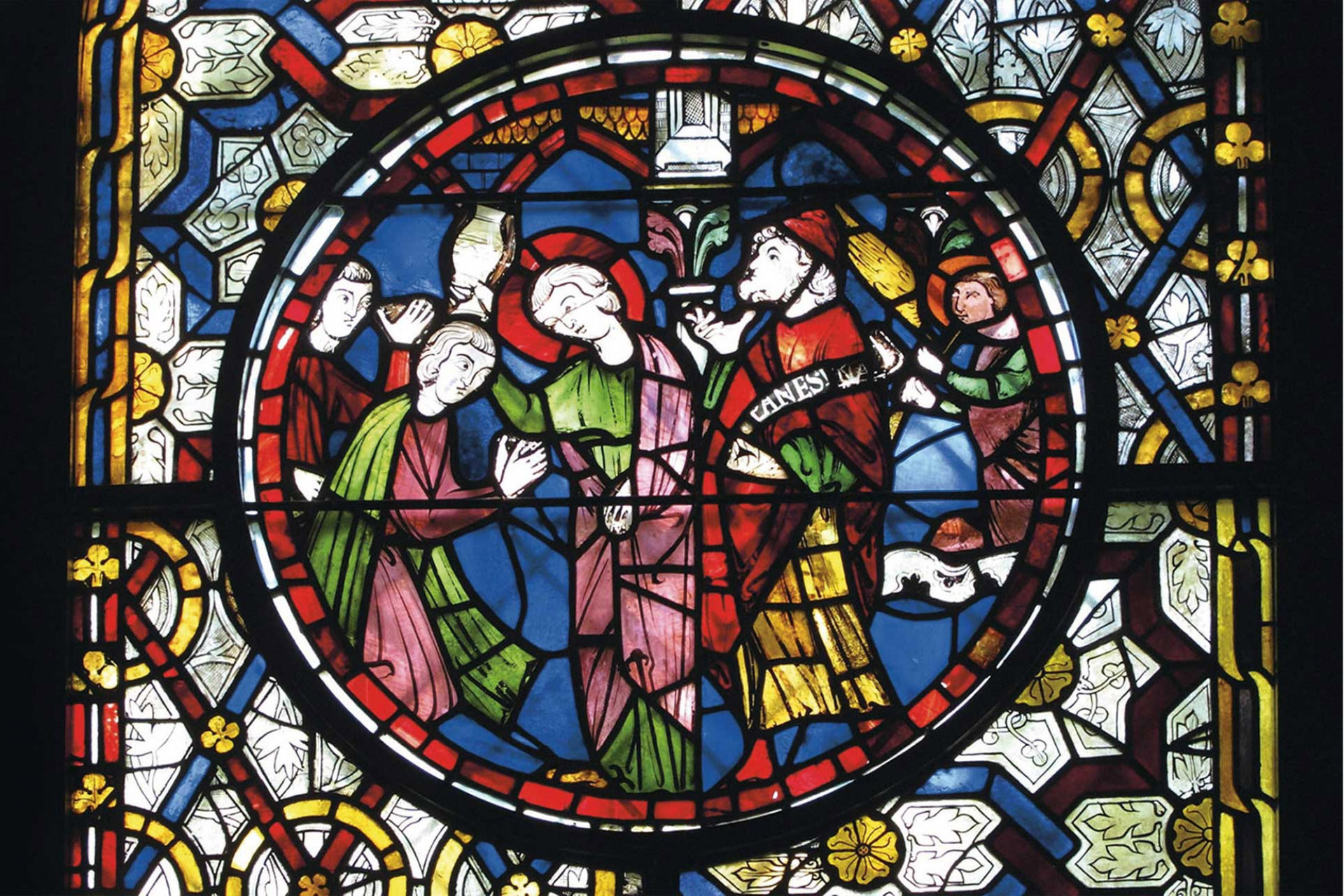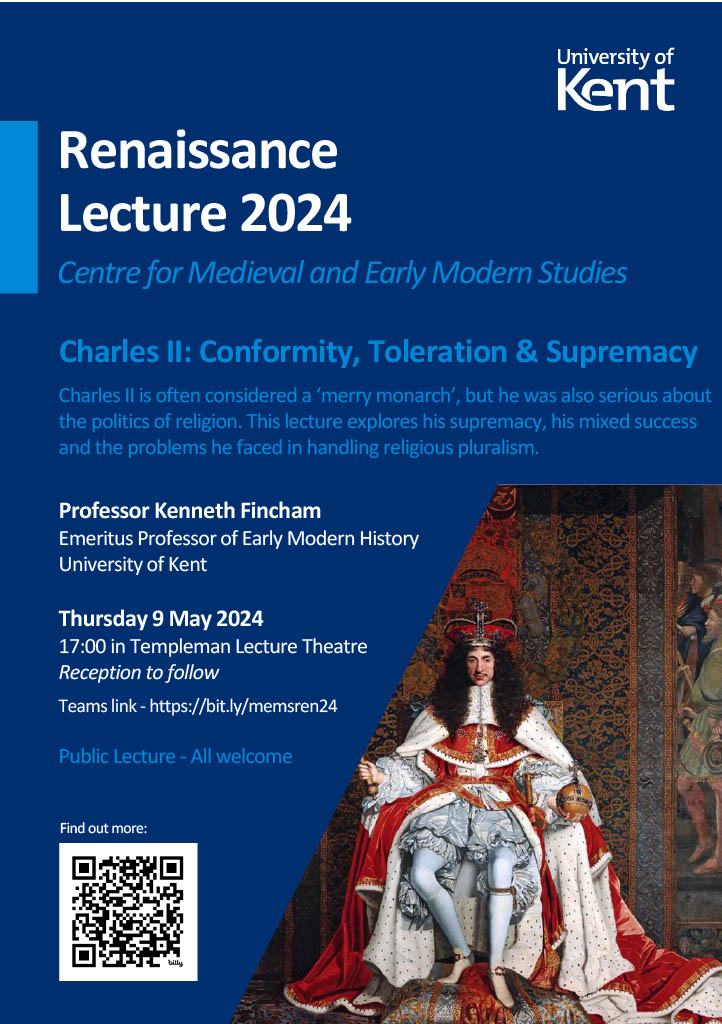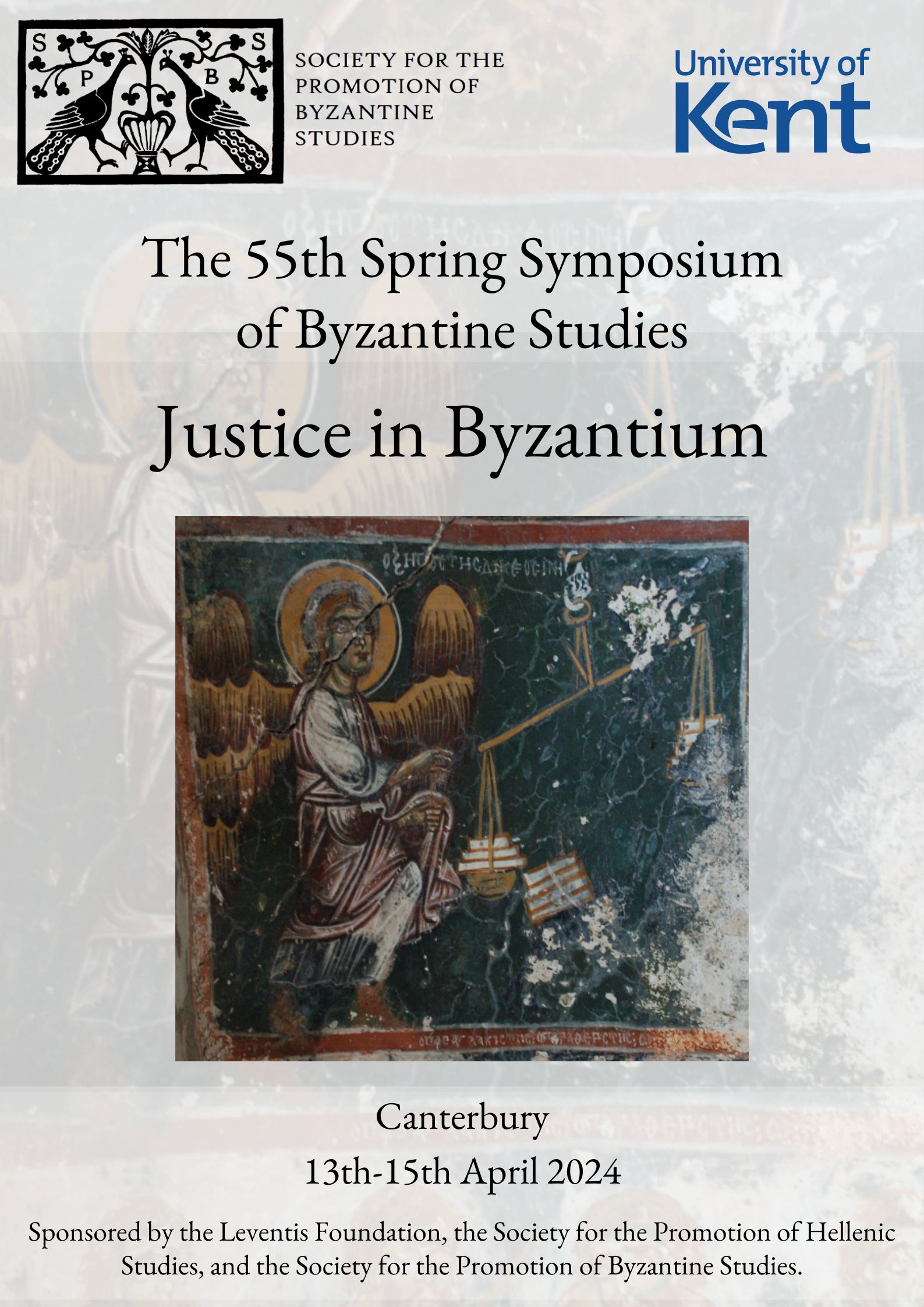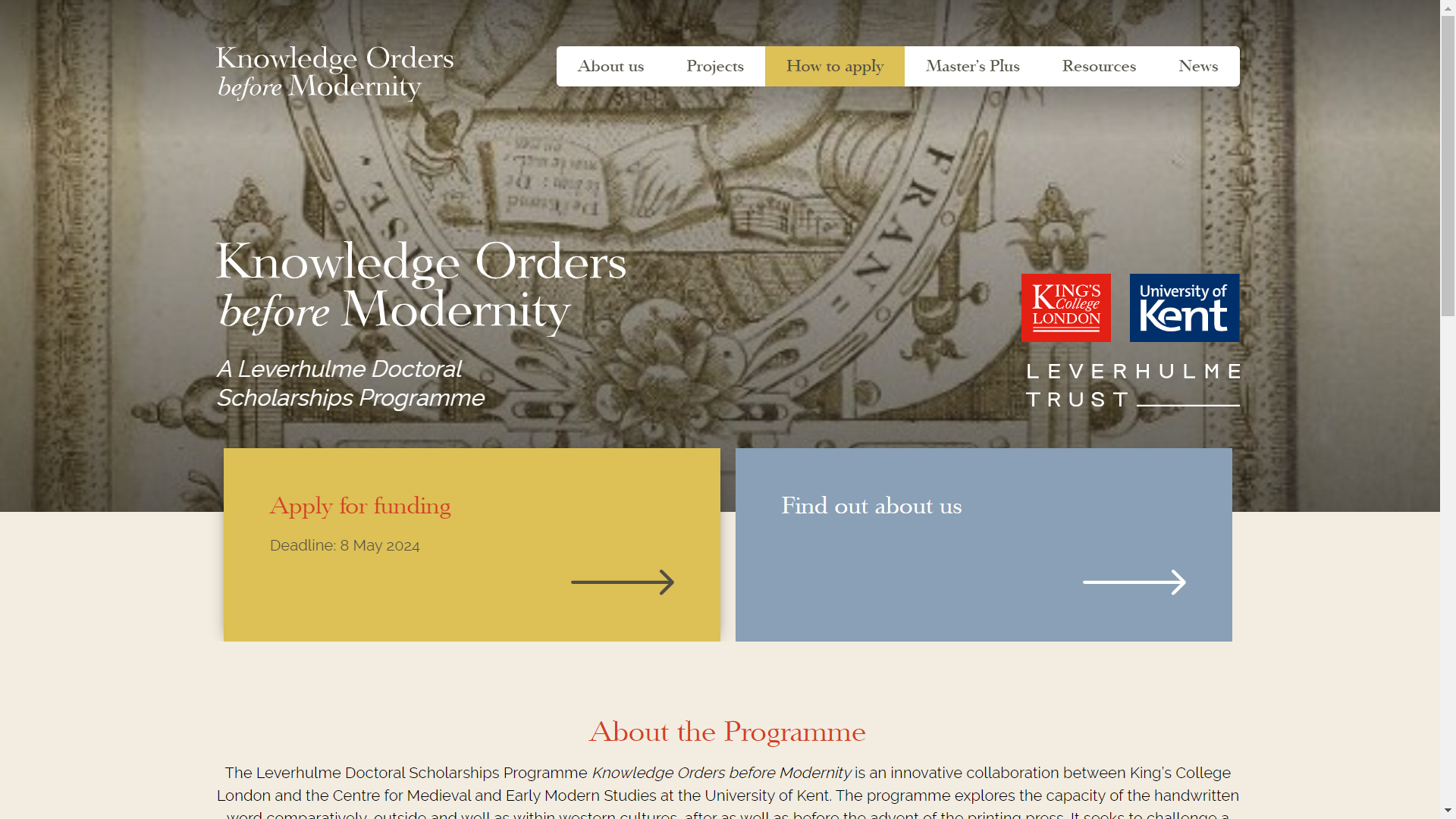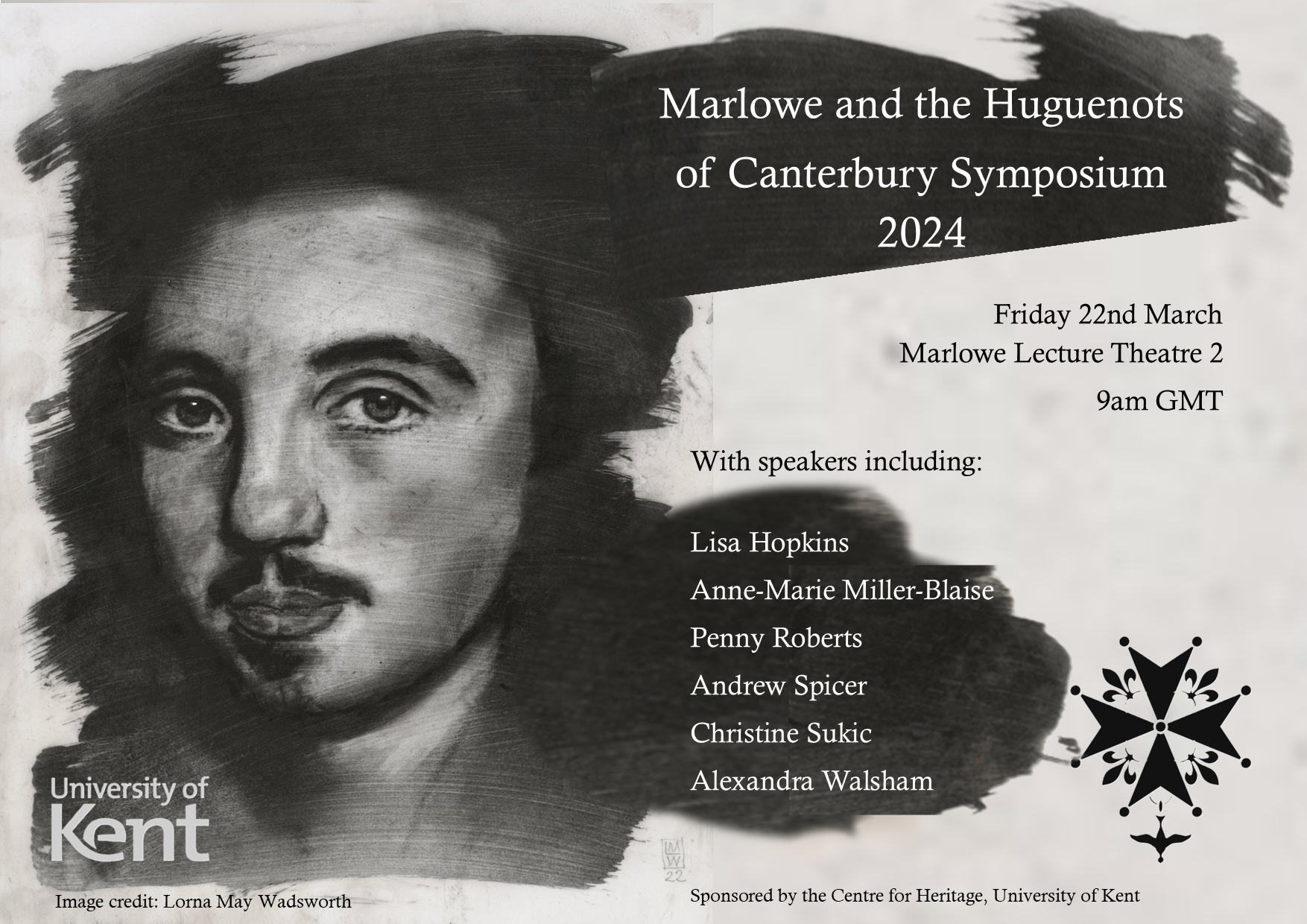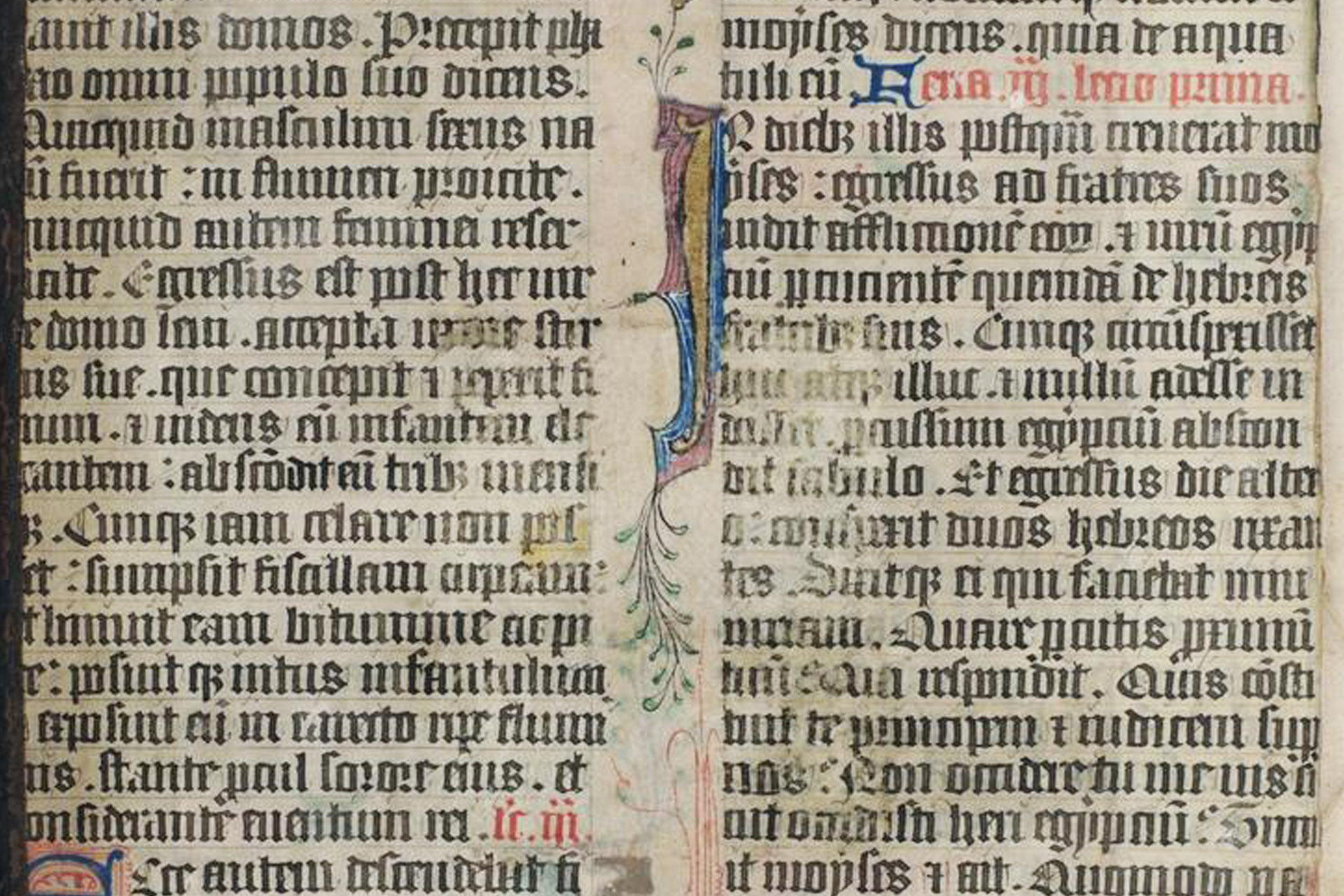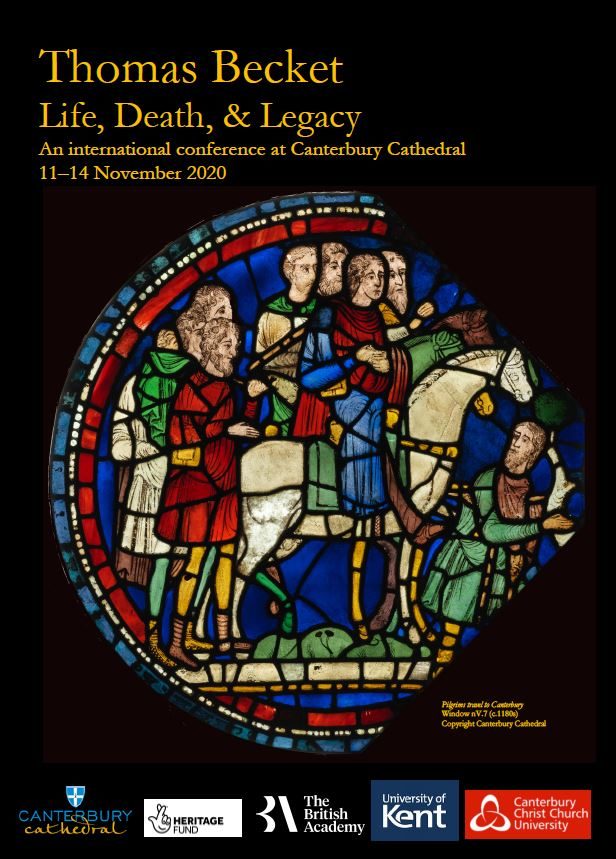There are many highlights in the MEMS calendar but none more so than MEMSFest, the annual early-career conference organised by members of the MEMS graduate … Read more
Category: Uncategorized
Prof. Fincham to give MEMS Renaissance Lecture 2024
One of the services MEMS provides to the wider community is to organise and host public lectures each year. These events celebrate the very best … Read more
Summer 2024 Programme
A series of events, film discussions, and workshops in association with MEMS. Open to all undergraduates and postgraduates. This series of summer events develops skills … Read more
Justice in Byzantium: conference programme available and registration open
Canterbury will this year be hosting the 55th Spring Symposium of Byzantine Studies. It will take place on 13th-15th April on the theme of ‘Justice … Read more
New Doctoral Funding now open for applications
The new Leverhulme Doctoral Scholarships Programme, Knowledge Orders before Modernity, is now open for applications. As its website explains, Knowledge Orders (or KOM for short) … Read more
Christopher Marlowe and the Huguenots of Canterbury Symposium
MEMS is pleased to announce the symposium on Christopher Marlowe and the Huguenots of Canterbury which will take place on 22nd March 2024. It is … Read more
Dr David Rundle to deliver the University of London’s annual Coffin Palaeography Lecture
Dr David Rundle will be delivering the University of London’s annual Coffin Palaeography Lecture on 15 June at 6pm (via Zoom) on ‘The Long Reach … Read more
Whittington’s Gift: Reconstructing the Lost Common Library of London’s Guildhall
Led by Dr Ryan Perry, Senior Lecturer in Medieval Literature and Co-Director of the Centre for Medieval and Early Modern Studies, and Dr Stephen Kelly, … Read more
Campus excavations reveal details of Bronze Age, Mesolithic and Medieval occupation
Dr David Walsh and Dr Luke Lavan, Lecturer in Archaeology in the Department of Classical & Archaeological Studies, are currently leading a group of 30 … Read more
Thomas Becket – Life, Death and Legacy Conference
Thomas Becket – Life, death and legacy A conference to commemorate the extraordinary life, death and legacy of Thomas Becket will take place between 11-14 … Read more
